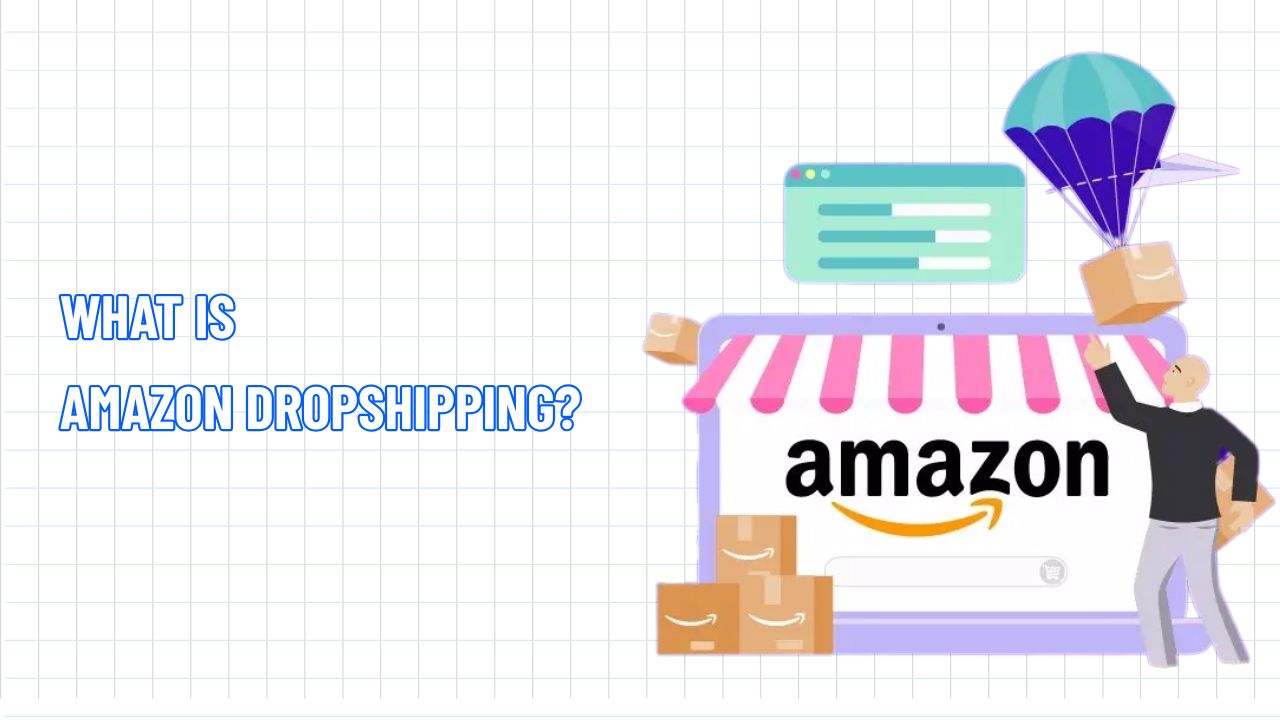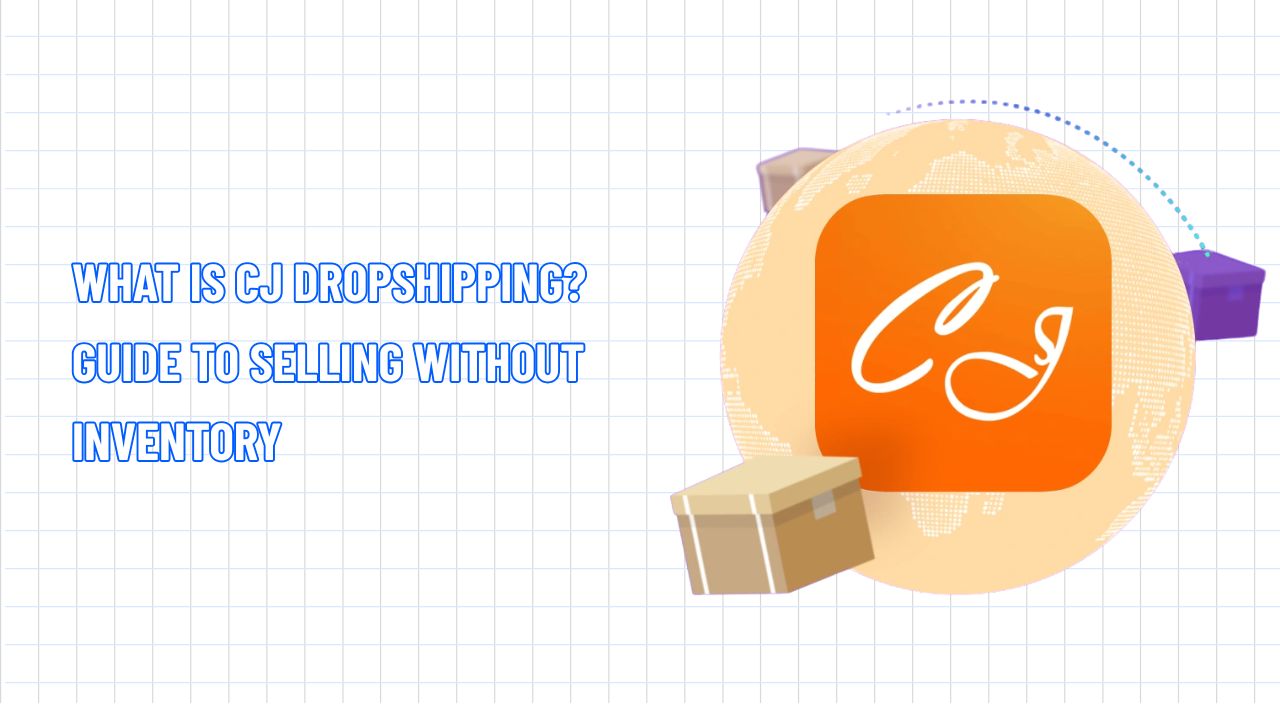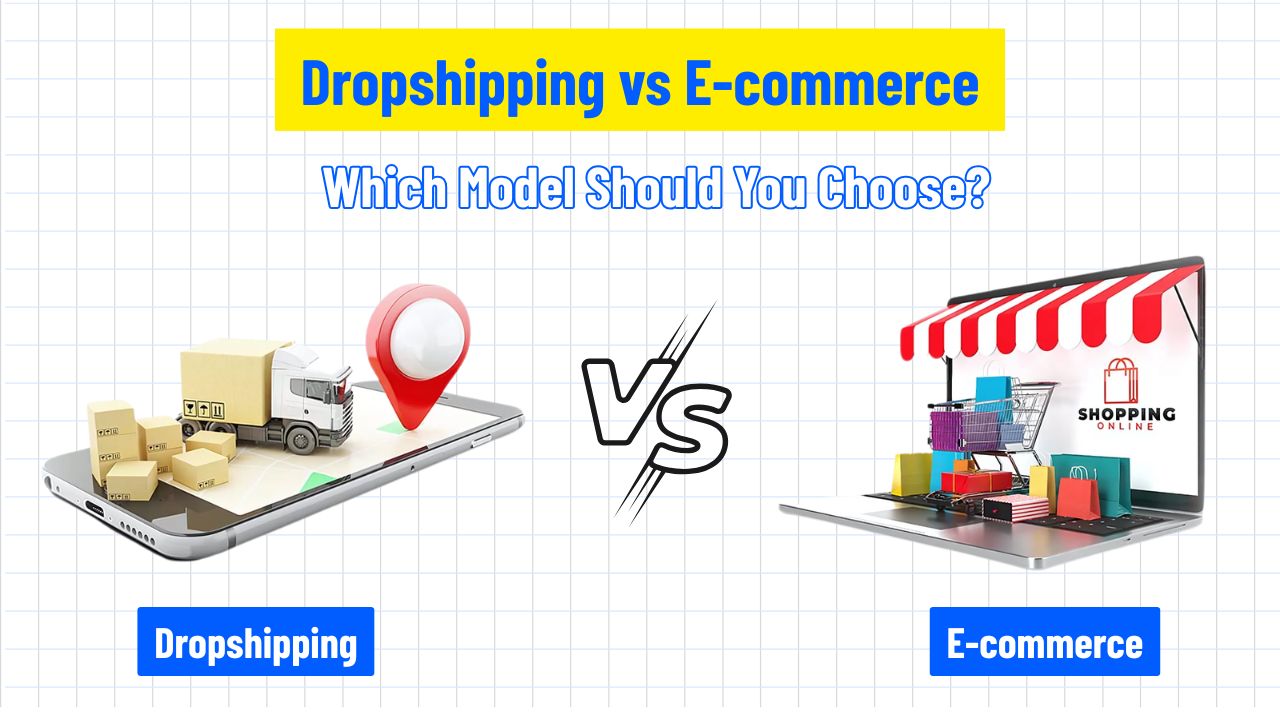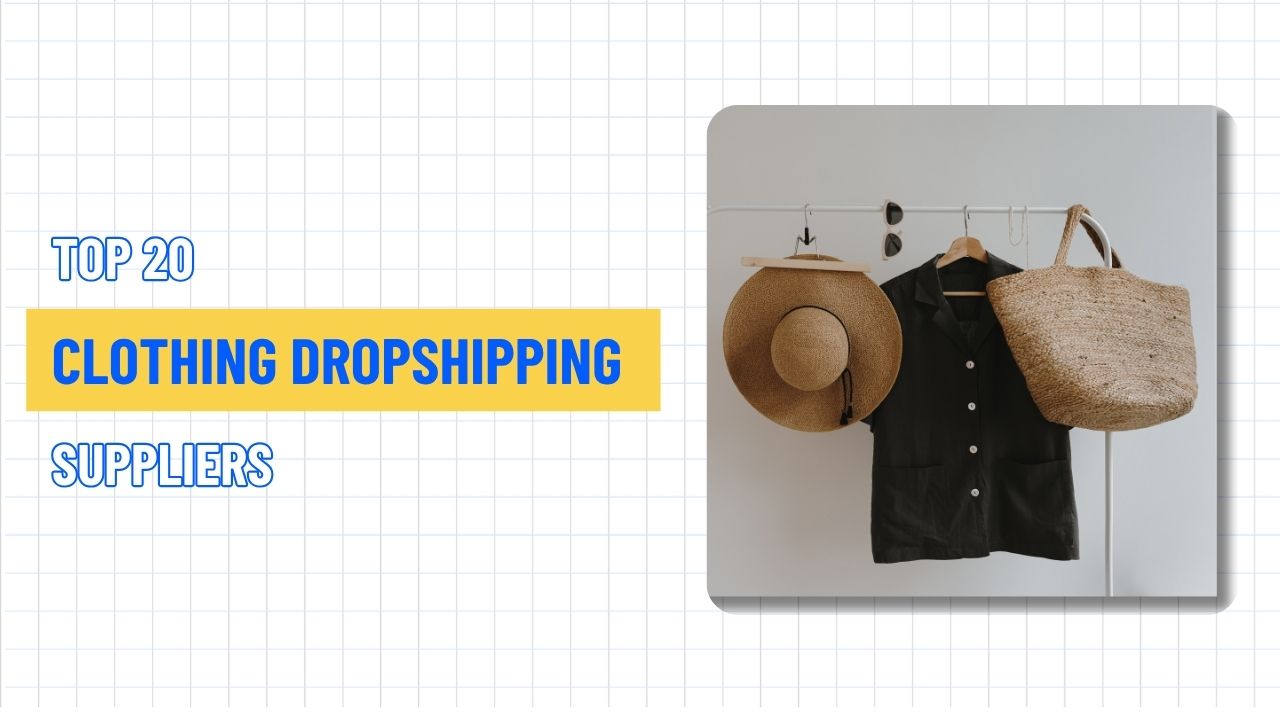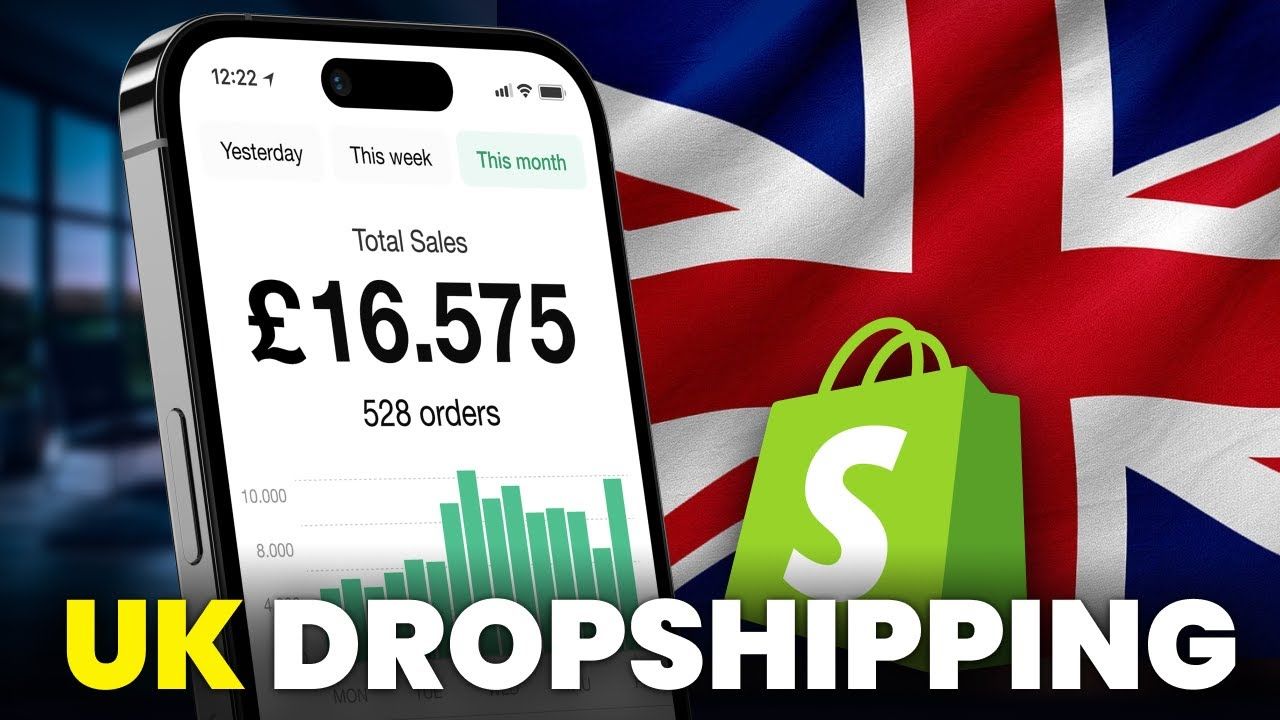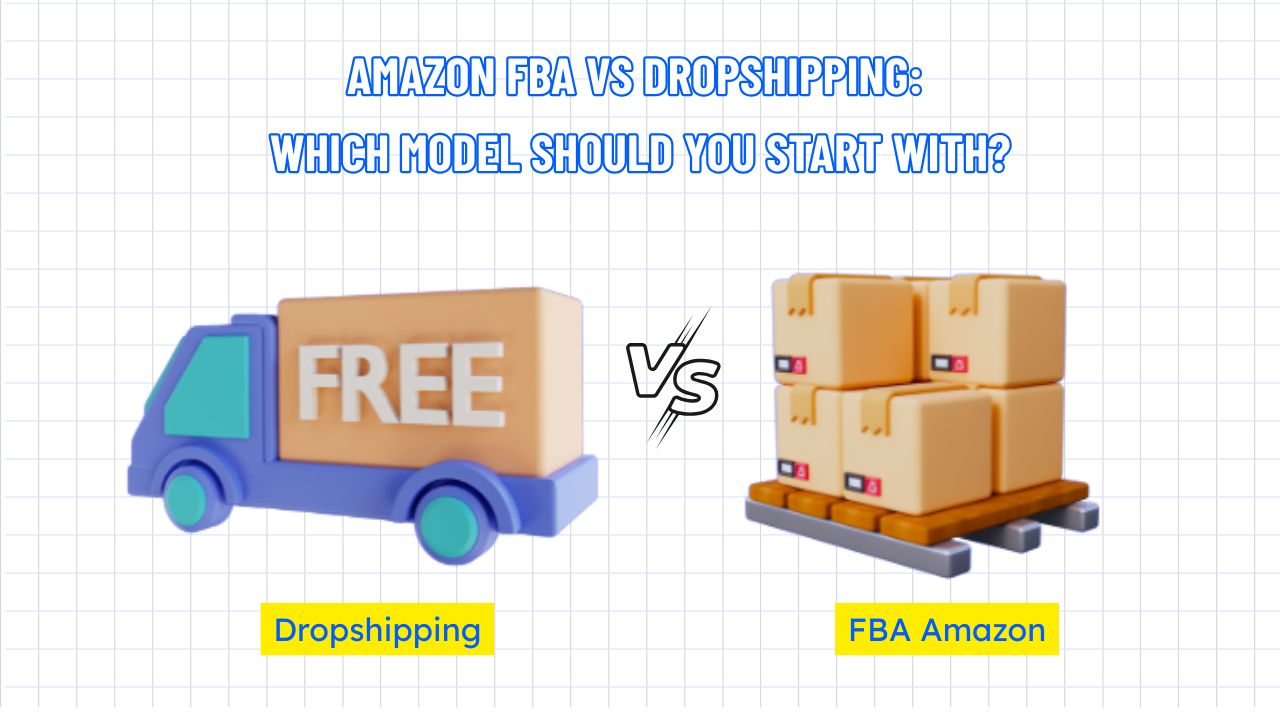Is Dropshipping Worth It? A Comprehensive Beginner's Guide 2025
Table of Contents Hide
Suppose you're considering starting an e-commerce business but don't want to deal with holding inventory or investing large amounts of capital. Dropshipping might be the perfect business model for you. But is dropshipping worth it to start with? In the article below, NextSky will help answer this question and share some tips to help you start your business successfully.
What is dropshipping?
Dropshipping is an online retail model that allows sellers to operate without holding inventory. When an order is placed, the store owner sends the order details to the supplier, who then ships the product directly to the customer. This way, the seller can save on operational costs, minimize risks, and focus on marketing and brand building to profit from the price difference.
If you're new to this concept, explore our detailed guide on what is dropshipping and how it works.
Is dropshipping worth it in 2025?
Dropshipping is worth considering if you want to start a small business with low costs. According to Google Trends, the search volume for "dropshipping" has steadily increased, reflecting its strong appeal in e-commerce.
In terms of potential, the global dropshipping market reached USD 341.53 billion in 2024 and is projected to grow to USD 420.56 billion by 2025, then explode to USD 2,768.10 billion by 2034, with a compound annual growth rate (CAGR) of 23.3% from 2025 to 2034 (according to Statista).
These figures show that dropshipping still holds significant potential and profitability. However, to succeed in this competitive market, you must be adaptable, customer-focused, conduct thorough market research, stay on top of trends, and choose the right product niche before getting started.
👉 Read more: Is Dropshipping Legal? A Compilation Of Laws You Need To Know
Advantages of the dropshipping model
Dropshipping offers numerous advantages, making it a promising online business option for those looking to start their entrepreneurial journey.
- Cost-effective startup: There's no need to buy products in bulk initially, which helps minimize financial risks when starting a business.
- Work anywhere, anytime: All you need is an internet connection, and you can manage your business from anywhere.
- Wide product range: Expanding your product offerings according to market trends without storing inventory is easy.
- Easy business expansion: As sales grow, you can expand your product range and market without investing in infrastructure.
- Global sales: You can easily reach customers worldwide without needing in-depth knowledge of international shipping.
- Process automation: Dropshipping tools help automate order processing, inventory management, and customer service, significantly saving time and effort.
Disadvantages of the dropshipping model
Dropshipping offers many attractive advantages, but before you get started, you need to carefully consider the potential limitations to ensure you are suitable and able to pursue this model.
- Constant search for new products: The average lifespan of a dropshipping product is only around five months. After that, the market quickly becomes saturated, forcing you to research trends to stay ahead continuously.
- Unreliable suppliers: The inconsistent quality, stock shortages, or late supplier deliveries can harm your reputation. Unfortunately, you have little control over these factors.
- Intense competition and low profit margins: With low entry barriers, the dropshipping market is highly crowded, with more than 62% of stores in operation, which drives prices down, leaves slim profit margins, and requires quick trend-following to stay competitive.
Read more: Shopify Dropshipping Guide [2025]: Step-by-step for Beginners
Which dropshipping model is best for you?
Each dropshipping model has its own set of pros and cons. Your chosen model will depend on your capital, market knowledge, and business goals. Here are three popular models to consider:
Low cost fropshipping
Low-cost dropshipping typically focuses on products like socks, mugs, and accessories to maximize profits through high order volumes rather than high margins per product. While initial income may be under $500 per month, you can boost sales by leveraging marketing platforms like Facebook, Google, and Instagram to drive significant traffic and convert visitors into customers.
High ticket dropshipping
This model targets high-value products, typically priced above $200, such as furniture and premium electronics. It allows you to earn impressive profits of $1,000 to $10,000 monthly, even with fewer orders. You must invest in high-quality images, detailed product descriptions, and professional customer service to succeed. Focusing on niche products for specific interests, such as sports or travel, can create differentiation and increase conversion rates.
Private label dropshipping
Private label dropshipping lets you sell products under your brand, even though a third party produces them. While the startup costs are higher, this model helps you build brand identity, increase brand recognition, and foster customer loyalty. To succeed, investing in product quality and offering a consistent customer experience is crucial.
Read more: How to Start a Dropshipping Business? Step-by-Step Guide in 2025
6 things you need to know before starting a dropshipping business
If you're ready to embark on your dropshipping journey, here are six essential steps to help you quickly generate profit and build a sustainable business.
Research your niche market
Instead of targeting everyone, focus on a high-demand, low-competition niche. Google Trends can help you quickly spot trends and identify potential markets. Once you've selected the right niche, prioritize popular products with good profit margins to ensure sustainable growth in your business.
Find a Reliable Supplier
Suppliers are key to product quality and customer satisfaction in the dropshipping model. Therefore, prioritize partners with a proven track record of timely deliveries, quality products, and responsive customer service. Before partnering, consider placing a test order to check product quality and assess professionalism.
Diversify Your Product Range
Customers are often attracted to and retained by stores that offer various products. Don't let your store become monotonous with just a few basic items. You can complement your main products with accessories suitable for your niche and frequently update your offerings to stay on top of trends. This strategy boosts sales and minimizes risk by not relying on just one product.
Build your brand in the market
Establishing a unique brand in the highly competitive dropshipping market is crucial to standing out and earning customers' trust. To differentiate yourself, develop a professional image, create attractive product content, and enhance service experiences to turn customers into loyal brand ambassadors.
Implement Marketing to promote your products
Marketing is key to driving growth and generating revenue in dropshipping. Here are some effective strategies:
- Social Media Marketing: Keep your brand visible on popular platforms by posting engaging content such as challenges, helpful articles, and giveaways to attract new customers.
- Email Marketing: A traditional yet highly effective method, use tools like Sendinblue, MailerLite, or Omnisend to automate and optimize your campaigns.
- Influencer Marketing: Partnering with influencers helps quickly build trust and expand brand awareness for your dropshipping store.
- Search Engine Marketing (SEO & Ads): Optimize keywords to boost search rankings, combined with Google Ads to reach customers quickly and effectively.
- Content Marketing: Publish relevant content to position your brand as an expert while improving search rankings through keywords in your posts, product descriptions, and reviews.
Complete your business's legal procedures
Make sure you have all the necessary licenses and certifications to operate legally. This process includes registering your business, obtaining a tax number to fulfill your sales tax obligations, and understanding e-commerce regulations to run smoothly and legally.
Read more: How to Create a Winning Dropshipping Business Plan in 2025
How much profit does Dropshipping make on average?
According to Zippia, the average profit margin in dropshipping ranges from 20% to 30%, significantly higher than the 3% to 10% found in traditional retail. However, this figure is not fixed and can vary depending on the product type, marketing strategies, and the business scale. Below are some key product categories with high-profit margins in dropshipping:
- Fashion and Apparel: The gross profit margin can reach 30% to 50%, with the global market projected to grow at an average rate of 12.8% annually between 2022 and 2025.
- Electronics: The average profit margin is about 20%, and this sector accounts for up to 30% of the dropshipping market share in North America.
- Home and garden: Products like decorations and lighting can achieve 50% to 60% profit margins, while furniture ranges from 45% to 50%. The market was valued at $29.9 billion in 2022 and is expected to grow by 12.3% annually through 2028.
- Toys and baby products: The profit margin is 40% to 50%, attracting a large customer base in the U.S., Canada, Japan, China, and Europe.
- Print-on-Demand: The global market is projected to reach $39.21 billion by 2030, showing strong profit potential, though detailed margin data is unavailable.
Food and personal care: This sector is expected to grow at a compound annual growth rate (CAGR) of up to 30% by 2025, especially appealing with products like cosmetics, perfumes, and skincare.
Expert Tip: Gross profit margin, which is calculated by subtracting the cost of goods sold from revenue and then dividing by revenue, is an important indicator that reflects the profitability strength in dropshipping.
Building a sustainable profit with dropshipping businesses
- Focus on a Niche Market: Choosing a specific product segment helps you position your brand, attract your target customer group, and create a competitive advantage in a crowded market.
- Optimize user experience: Your website should be modern, easy to use, and compatible with all devices, with a smooth checkout process. Additionally, comprehensive SEO strategies should be implemented to increase conversion rates.
- Diversify Marketing channels: Combine social media ads, SEO optimization, collaborations with influencers (KOLs), and email marketing to attract and retain customers.
- Build sustainable relationships with suppliers: A good relationship ensures product quality, maintains a stable supply chain, and creates more favorable price negotiation opportunities.
- Monitor and optimize: Analyze performance, update your product catalog, adjust pricing, and refine marketing strategies to adapt to market changes and maximize profits.
If you are ready to launch your own dropshipping store, start with Shopify. Especially, if you are looking for a beautiful interface, SEO standards and fast loading speed for your store, NextSky offers many high-quality Shopify themes, optimized for models such as dropshipping, POD and private branding.
So, is dropshipping worth it in 2025? The answer is yes! Although there are still some challenges, this model still offers a viable business option and profit potential. Hopefully, the above article from Nextsky will help you understand and build a prominent store in a competitive market.

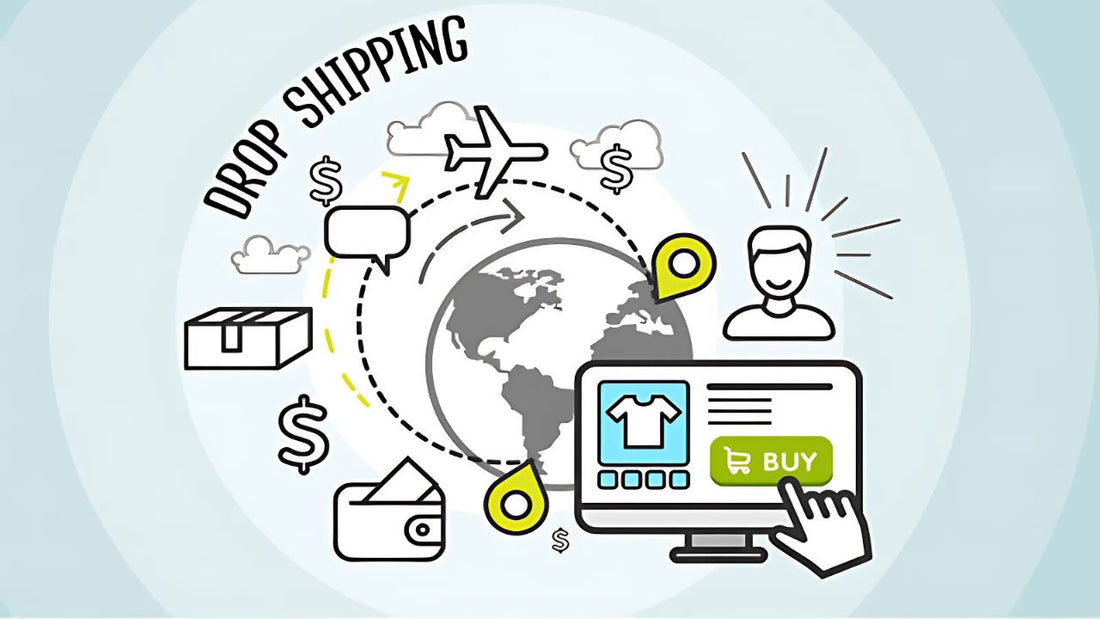

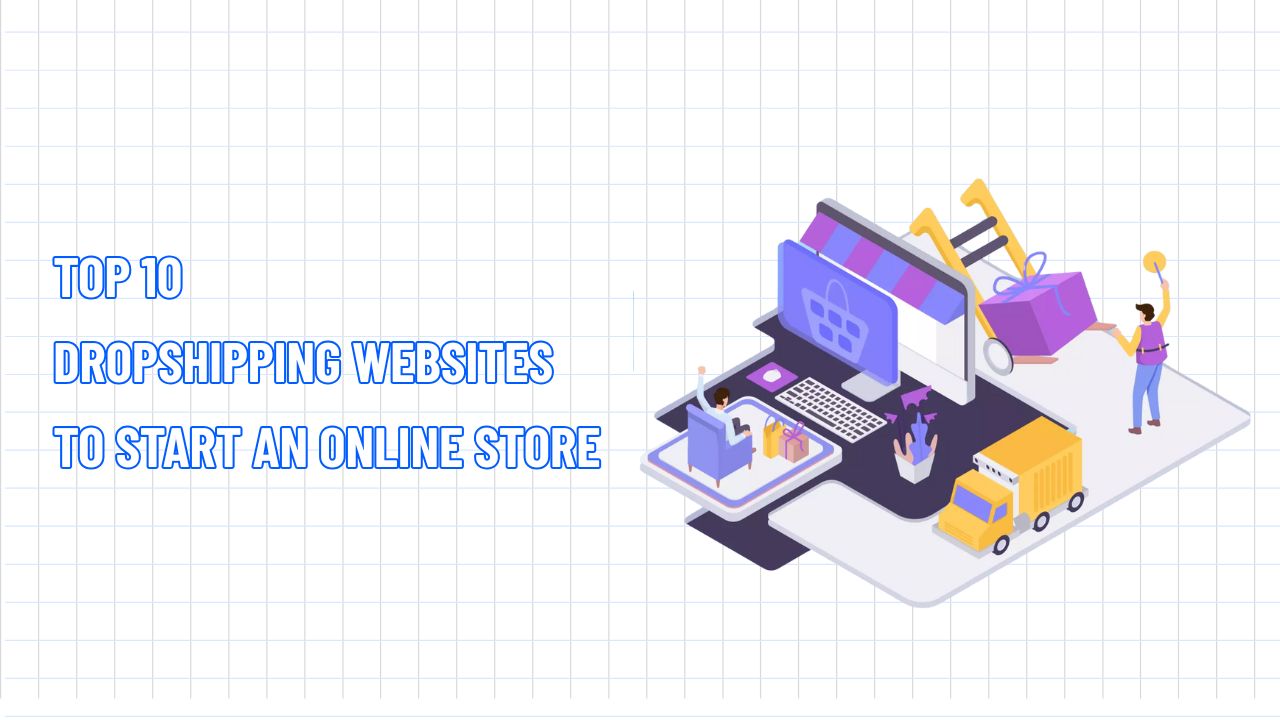
![[2025] AliExpress Dropshipping: A-Z Guide for Beginners](http://nextsky.co/cdn/shop/articles/aliexpress-dropshipping_68a937c9-3a8c-460e-b6a7-a9182d5fc4a2.jpg?v=1751219977&width=1280)
